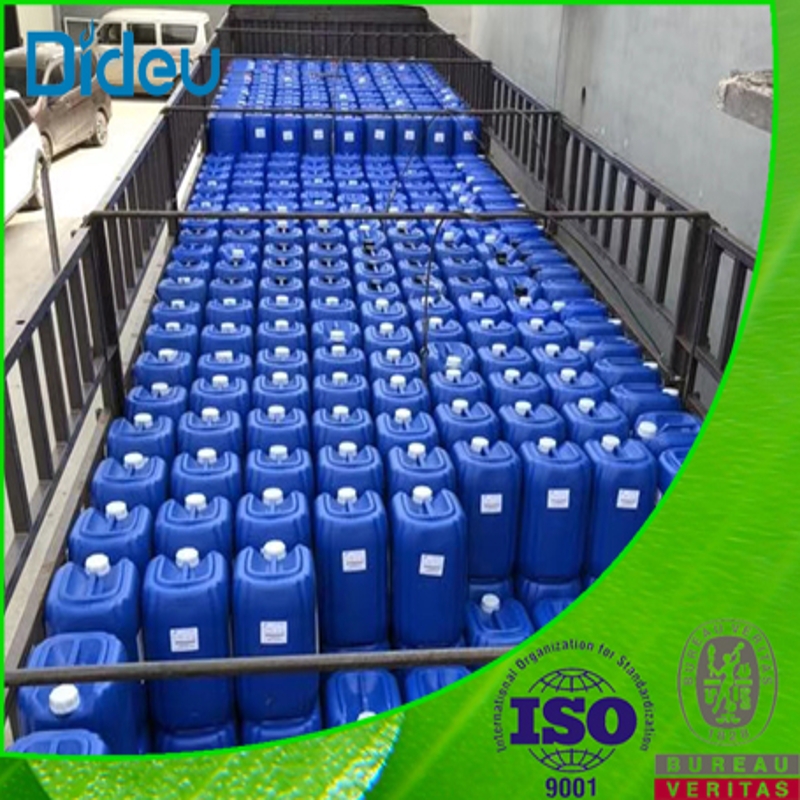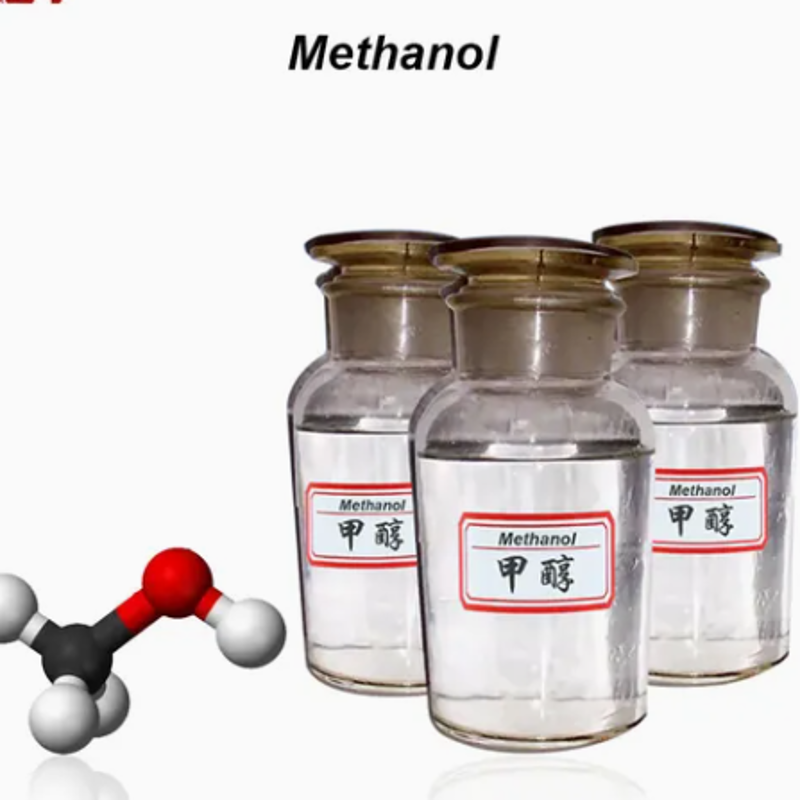-
Categories
-
Pharmaceutical Intermediates
-
Active Pharmaceutical Ingredients
-
Food Additives
- Industrial Coatings
- Agrochemicals
- Dyes and Pigments
- Surfactant
- Flavors and Fragrances
- Chemical Reagents
- Catalyst and Auxiliary
- Natural Products
- Inorganic Chemistry
-
Organic Chemistry
-
Biochemical Engineering
- Analytical Chemistry
-
Cosmetic Ingredient
- Water Treatment Chemical
-
Pharmaceutical Intermediates
Promotion
ECHEMI Mall
Wholesale
Weekly Price
Exhibition
News
-
Trade Service
2-Ethylhexanol is a versatile chemical compound that is widely used in the production of various products in the chemical industry.
It is an alpha-olefin that is derived from the petrochemical industry, and it can be further processed to produce a wide range of downstream products.
In this article, we will explore the upstream and downstream products of 2-ethylhexanol, and how they are used in the chemical industry.
Upstream Products of 2-Ethylhexanol
The upstream products of 2-ethylhexanol are mainly derived from the petrochemical industry, where ethylene and propylene are first produced through steam cracking.
These two compounds are then converted into 2-ethylhexanol through a series of chemical reactions that involve the use of catalysts and heat.
One of the main upstream products of 2-ethylhexanol is ethylene, which is produced through the steam cracking of hydrocarbons.
Ethylene is a colorless gas that is used as the primary raw material for the production of a wide range of chemical products, including polyethylene, vinyl chloride, and ethylene dichloride.
Another upstream product of 2-ethylhexanol is propylene, which is also produced through steam cracking.
Propylene is a gas that is used as a raw material in the production of a range of chemical products, including polypropylene, propylene oxide, and acrylic acid.
Downstream Products of 2-Ethylhexanol
The downstream products of 2-ethylhexanol are derived from the chemical reactions that take place after the production of 2-ethylhexanol.
These products are used in a wide range of applications in the chemical industry and are further processed to produce even more products.
One of the main downstream products of 2-ethylhexanol is plasticizers, which are used to make plastics more flexible and less brittle.
Plasticizers are added to plastic resins to improve their processability and to reduce the glass transition temperature.
Another downstream product of 2-ethylhexanol is detergent alcohols, which are used in the production of various types of cleaning agents and detergents.
These alcohols are used in bath soaps, hand soaps, and industrial cleaning agents.
2-ethylhexanol is also used in the production of drilling fluids, which are used in the oil and gas industry to cool and lubricate drilling equipment.
These fluids are used to prevent the drilling equipment from overheating and to reduce the friction between the drilling equipment and the rock formations.
Finally, 2-ethylhexanol is used in the production of solvents, which are used to dissolve a wide range of chemical compounds.
These solvents are used in the production of inks, paints, and other chemical products.
In conclusion, 2-ethylhexanol is a versatile chemical compound that is used in the production of a wide range of upstream and downstream products in the chemical industry.
These products are used in a variety of applications, including the production of plastics, cleaning agents, drilling fluids, and solvents.
With its wide range of applications and versatile chemical properties, 2-ethylhexanol is an important compound in the chemical industry and is expected to continue to play a prominent role in the production of chemical products in the future.







